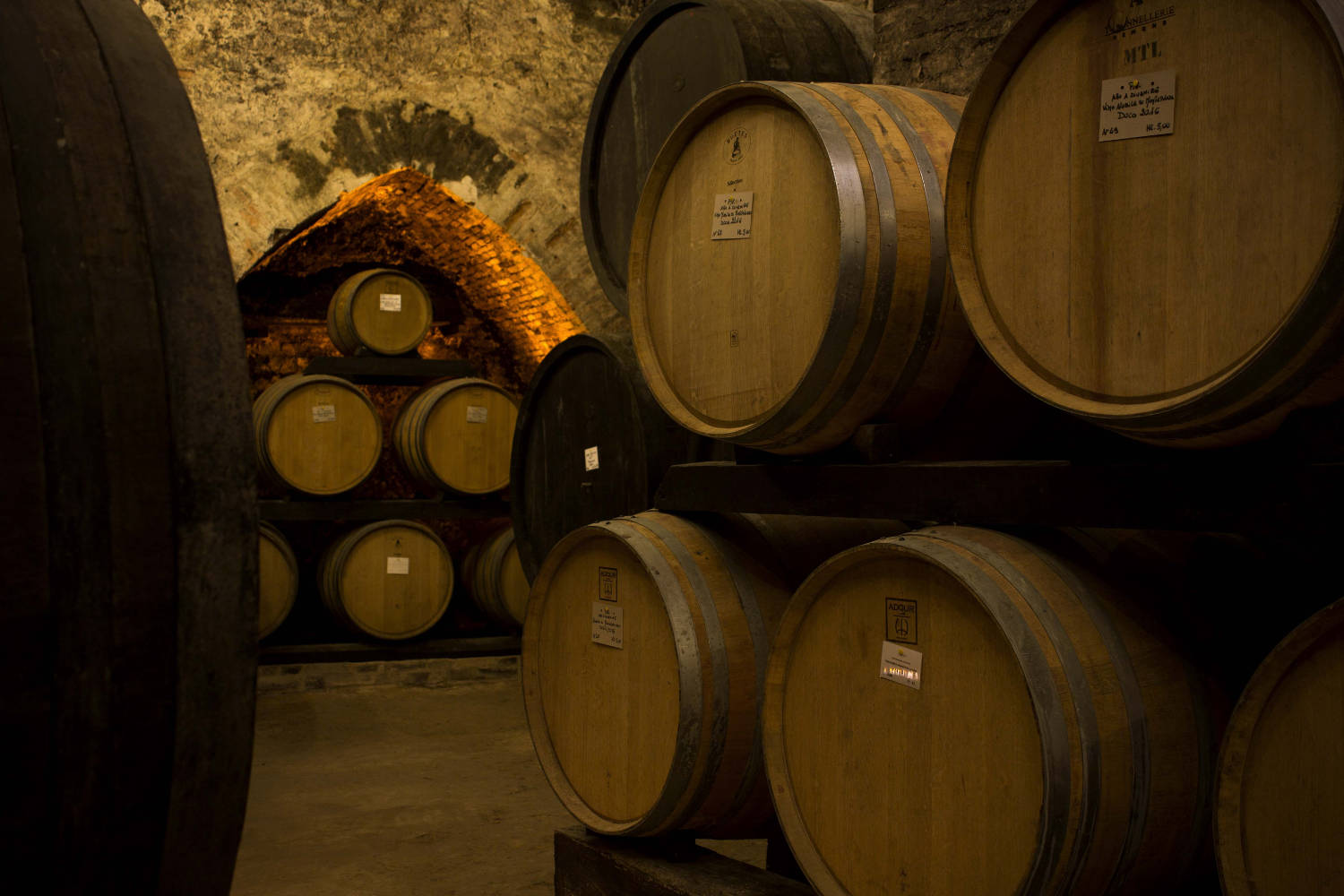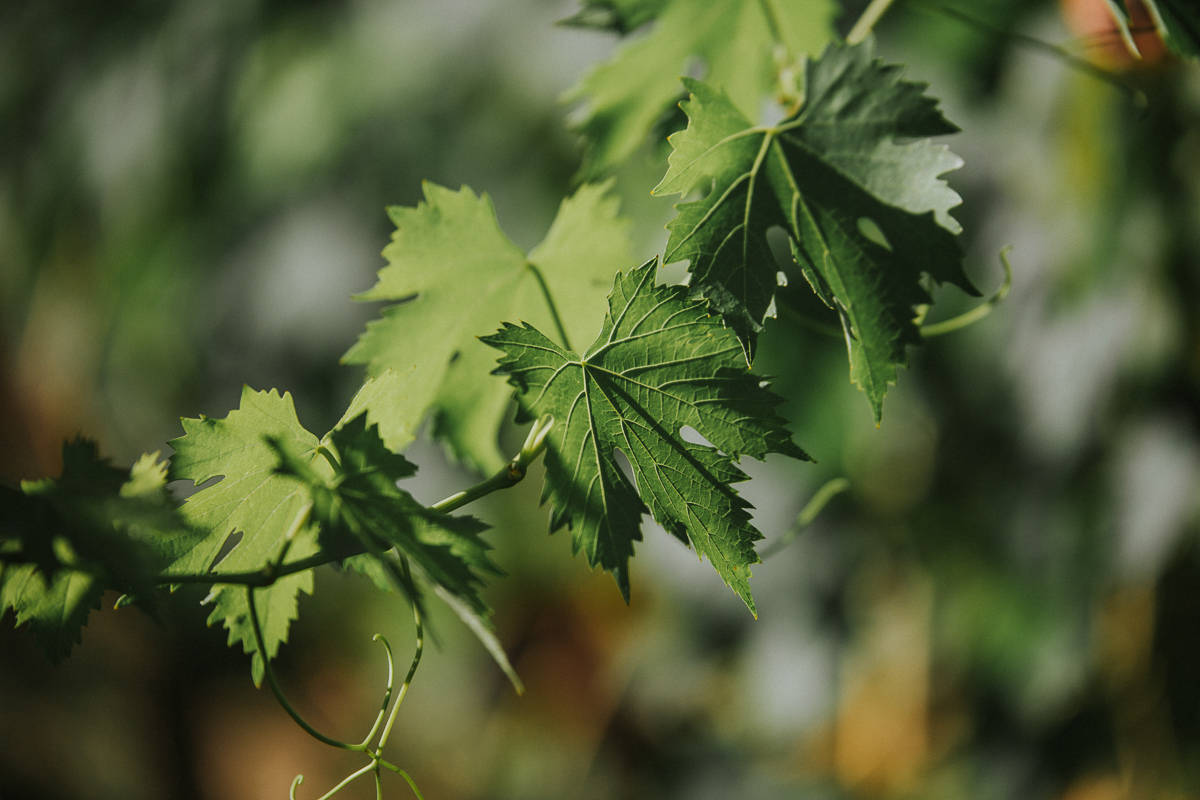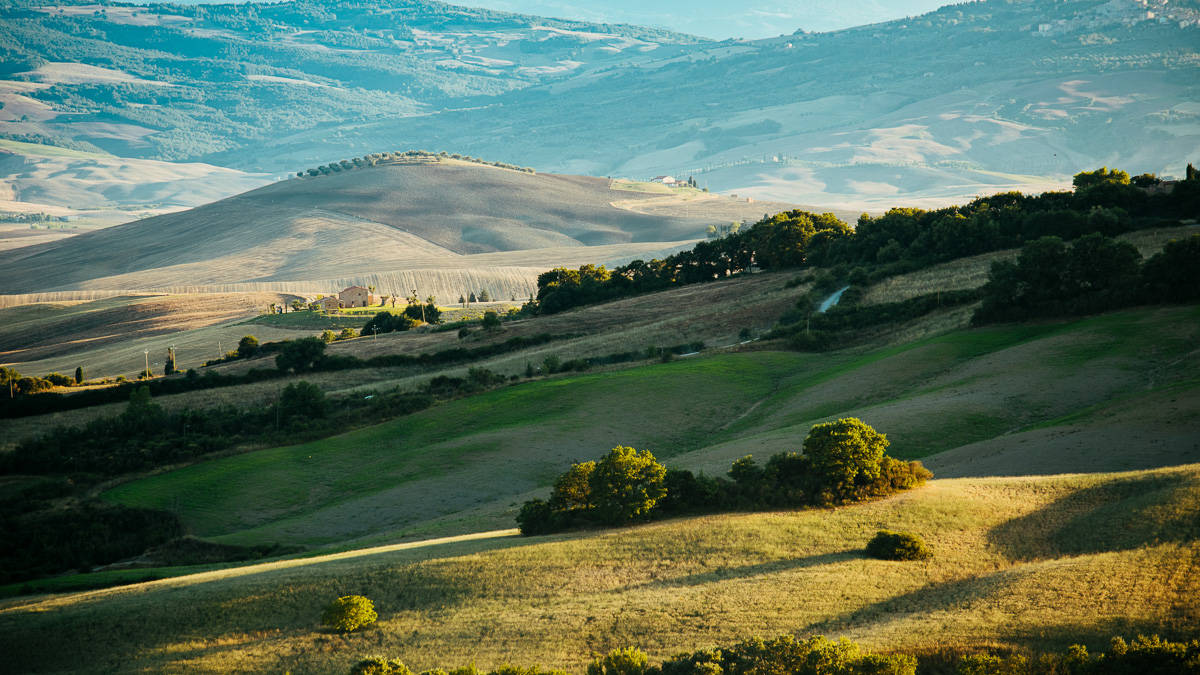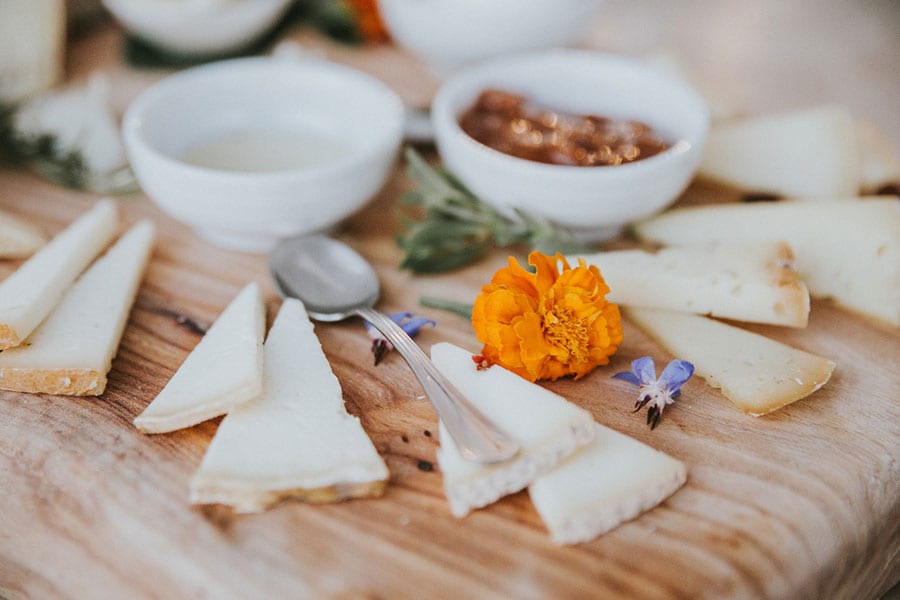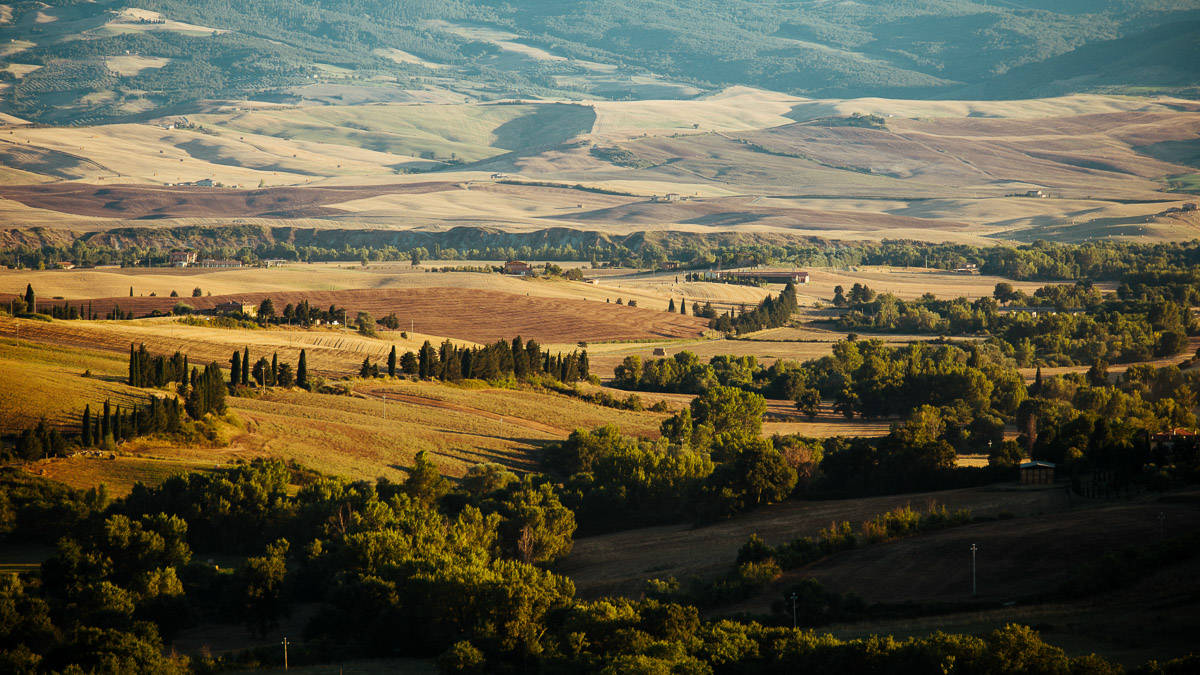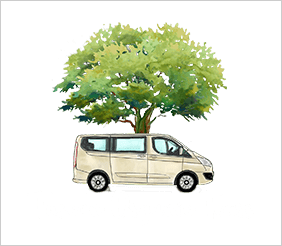According to some recent historiographical studies, the first humans to bring truffles to the table were the Babylonians, followed by the Sumerians. Therefore, we can date the discovery of this precious subterranean fungus and its concurrent use in cooking to around 3,000 B.C. In later times, it was the Romans who appreciated the virtues of what they called the ‘food of the gods’ and passed down descriptions and recipes.
TRUFFLE HUNTING EXPERIENCE
Explore the forests together with expert truffle hunters and their trusty dogs and experience the thrill of finding these rare treasures hidden underground.
WHAT WE WILL DO ON THE TRUFFLE HUNTING EXPERIENCE
FULL DESCRIPTION OF THE TRUFFLE HUNTING EXPERIENCE:
It is quite difficult to trace the exact etymology of the word tartufo (truffle in English). For some historians, it seems to derive from the classical Latin terrae tuber, meaning earth tuber, later vulgarized into territufru and territufu, hence tartufo. Others associate the term with the definition terra tufide tubera, referring to the resemblance noted in the Middle Ages between the growth (tubero) and tufo, a light and porous rock. Regardless of disputes over the origin of its meaning, the word tartufo appeared in Italian vernacular texts from the first half of the 15th century, with the modern meaning of an ‘underground fungus that lives in symbiosis with tree plants, of which some species are known to be edible, fragrant, and highly prized.’
Botanically, truffles are special fungi belonging to the genus Tuber. Fungi are organisms characterized by the lack of differentiated tissues, reproduction through spores, and the inability to feed by synthesizing inorganic molecules, being entirely devoid of chlorophyll. Truffles belong to the category of symbiotic fungi, which live at the expense of other species but reciprocate by providing useful substances. When the symbiosis between a fungus and a plant is localized within the root system, it is called mycorrhiza. Species of the genus Tuber are fungi that complete their entire life cycle underground, in symbiosis with tree plants in contact with the roots.
Globally, there are about sixty species of fungi classified as Tuber, with 25 present in Italy. However, only nine are considered edible, and six are the most commonly sought after and commercialized. In order of quality, they are: prized white truffle, black truffle from Norcia or Spoleto (Umbria), bianchetto or marzuolo truffle, summer or scorzone truffle, winter black truffle, and smooth black truffle.
Each of these species is associated with specific types of trees, but especially with territories having very specific pedoclimatic conditions. For example, Piedmont is the Italian region with the most extensive production area for prized white truffles. There are also smaller but highly valuable areas in many other regions of Italy, such as Tuscany, and several European countries. In particular, Croatia, Bulgaria, and Romania are known for prized white truffles, while France, Spain, and Portugal are renowned for prized black truffles.
Unlike more common types of fungi, hypogeous fungi like truffles cannot rely on air currents for spore dispersal. Their nature is to emit a strong odor, perceptible only at the time of maturation. This essence attracts various animal species that, by feeding on truffles, contribute to spore dispersal. For this reason, humans have always used trained animals to recover truffles, even those located at considerable depths. Among these, the most suitable were bears in Russia, pigs in Italy and France, and dogs. The dog has become the preferred choice as it is by far the fastest, docile, and obedient. Additionally, dogs manage to be less invasive in their search, not interfering with the health of surrounding plants and the proper soil stratification.
The search for truffles primarily depends on the skills of the dog and the understanding between the dog and the human. A good truffle hunter must possess a perfect knowledge of the territory, observational skills, and instinct that lead them to recognize the best places. They also need a remarkable visual memory to be able to find them over the years. For extraction, generally, after diverting the dog from the digging operations, a tool similar to a small shovel is used. Subsequently, the hole must be carefully covered to ensure that the spores remain in the same place and contribute to the future maturation of other truffles.
Truffle hunting has never been a mere pastime but, in addition to representing a supplement to family income, it is a true art with its own codes and rules to be fully respected. The search requires extensive knowledge derived from a deep, layered, and articulated culture that presupposes diligence, tenacity, and a great deal of confidentiality, as competition in the woods is ruthless.
In recent years, the research and trade of truffles have highlighted some critical elements. While demand is constantly growing, the extracted quantities are decreasing. The widespread perception of a rapid deterioration in the conditions guaranteeing quantity and quality dates back to the early 20th century. Already in the 1930s, there was a noticeable expansion of the market, no longer exclusively directed to individuals of very high social status, as in previous centuries, but there was a decline in truffle production.
The main causes of the crisis are attributed to destructive collection methods and the reduction of forest areas determined by the increase in the surface of lands dedicated to intensive cultivation, a phenomenon that has intensified in the last fifty years. More generally, the advent of ‘industrial’ agriculture, mechanized and chemical, has led to deep soil processing and the use of synthetic herbicides and pesticides, contributing to environmental degradation affecting the most fragile organisms, such as symbiotic fungi. On the other hand, depopulation and abandonment of marginal rural areas have also caused serious imbalances in the truffle sector, destined to worsen with the hydrogeological and climatic changes that are now part of the current horizon of our era.
Like any precious product, truffles have suffered economic and image damage over the years, linked to counterfeiting. Some dishonest behaviors have emerged from those who sell or process products, using imported, uncertified, and sometimes inferior raw materials. Therefore, today’s legislation is increasingly vigilant and specific, aiming to counter a trend that risks jeopardizing the trust relationship with the consumer and severely damaging the reputation of territories long associated with the art of truffle hunting. However, an informed consumer is not at risk of falling victim to fraud. Let’s learn all the secrets of this ancient art together.
THIS TUSCAN FOOD TOUR INCLUDES:




